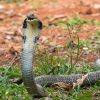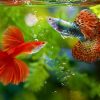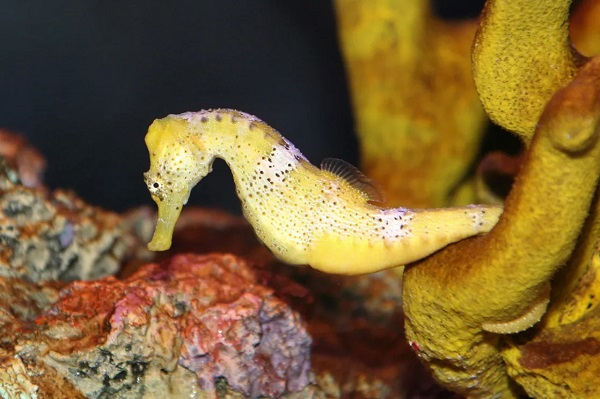
Asexual reproduction requires only one parent organism and results in genetically identical offspring (like a clone). Since there is no mixing of genetic information required and organisms don’t need to spend time finding a mate, populations can increase rapidly due to asexual reproduction.
The downside? If an organism reproduces asexually, its population is usually best suited for one specific habitat, giving all members the same vulnerabilities to disease or predators.
While asexual reproduction is typically reserved for unicellular organisms and plants, there are several members of the Animalia kingdom that reproduce asexually. Some can even combine or alternate between both sexual and asexual reproduction depending on the circumstances, a helpful tool to share advantages and disadvantages that come with the lack of genetic diversity.
1. Sharks

Parthenogenesis, a form of asexual reproduction where embryos develop from unfertilized eggs, has been observed in captive female animals that are separated from males for extended periods of time. The first recorded evidence of parthenogenesis in a cartilaginous fish (which includes sharks, rays, and skates) occurred in 2001 with a captive hammerhead shark. The wild-caught shark hadn’t been exposed to a male in at least three years but still gave birth to a normally developed, live female. Studies found no evidence of a paternal genetic contribution.
RELATED: 25 Interesting Facts About Great White Sharks
In 2017, a zebra shark named Leonie in Australia gave birth to three baby sharks after being separated from her mate for five years. Genetic testing of tissue samples from the mother shark, the suspected father shark, and the offspring showed that the babies only carried DNA from their mother. This was also the first demonstration of an individual switch from sexual to parthenogenetic reproduction in any species of shark.
2. Komodo Dragons
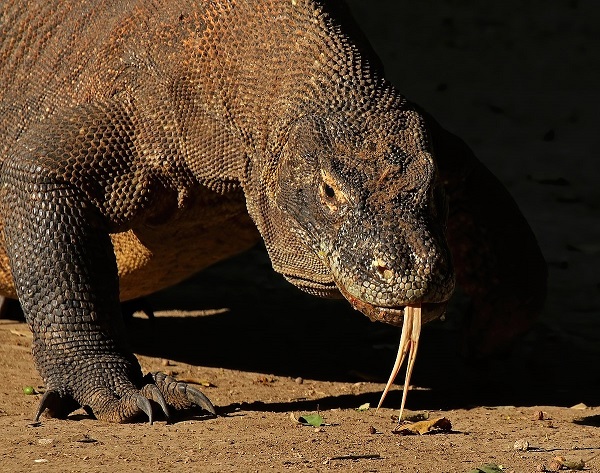
Typically, Komodo dragon males engage in aggressive combat with each other during mating season. Some males will even stay with the female for several days after mating to ensure that she doesn’t mate with anyone else.
Similar to sharks, Komodo dragons were not thought to have the ability to reproduce asexually until recently, specifically in 2006 at England’s Chester Zoo. A Komodo dragon who had never had contact with a male in her life laid 11 eggs that tested for her DNA only.
RELATED: The Deadliest Reptiles in the World
Seeing as Komodo dragons are listed as “Vulnerable” by the IUCN, the ability to reproduce without mating could come in handy for the conservation of the species.
3. Starfish
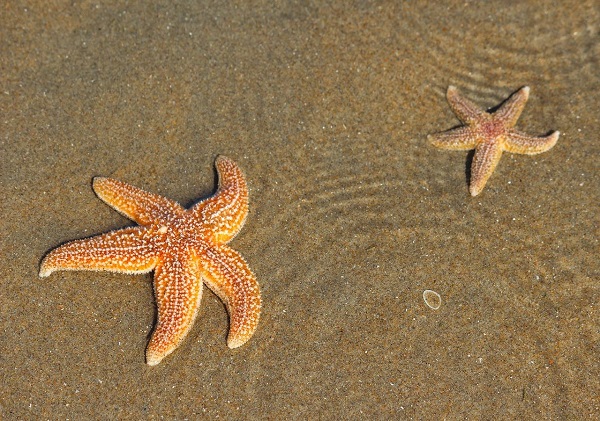
Sea stars have the ability to reproduce both sexually and asexually but with an interesting twist. Asexual reproduction in some starfish is achieved through fission, meaning the animal actually splits in two and produces two complete organisms.
In some cases, starfish will voluntarily break off one of their arms and then regenerate the missing piece while the broken part grows into a whole other starfish.
Of the approximate 1,800 extant species of starfish, just 24 species are known to reproduce asexually through fission.
4. Whiptail Lizards

Some lizards, like the New Mexico whiptail, are unique in that they can reproduce asexually but still maintain DNA changes from generation to generation. In 2011, researchers from the Stowers Institute for Medical Research in Kansas City found that, while it is not uncommon for asexual reptiles to develop eggs into embryos without fertilization, the female whiptail’s cells gained twice the usual number of chromosomes during the process.
That means that whiptail eggs get the same number of chromosomes and resulting genetic variety as those of lizards that reproduce sexually.
5. Python Snakes
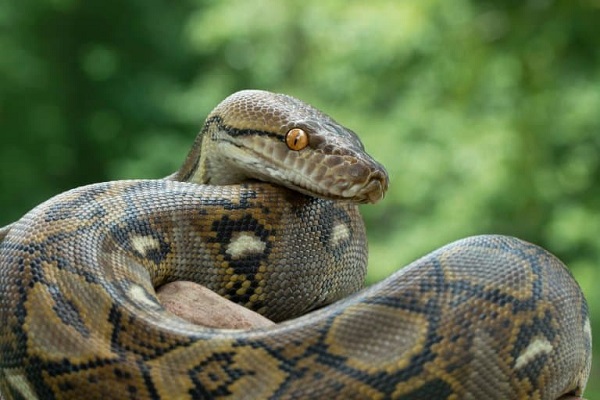
The first “virgin birth” by a Burmese python, the world’s longest snake, was recorded in 2012 at the Louisville Zoological Gardens in Kentucky. A 20-foot, 11-year-old python named Thelma, who lived full-time with another female snake (appropriately named Louise), produced a clutch of 61 eggs despite having had no exposure to a male in two years.
The eggs contained a mixture of healthy and unhealthy embryos, eventually resulting in the birth of six healthy female babies. Their DNA has since been analyzed by scientists from the Biological Journal of the Linnean Society, who confirmed Thelma to be the sole parent.
6. Marbled Crayfish
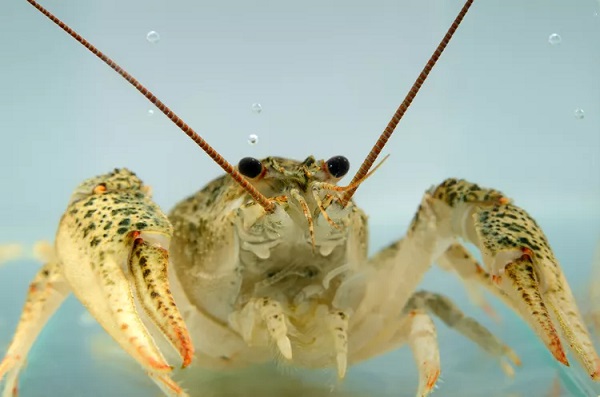
The marbled crayfish made headlines in 1995 when a German aquarium owner found a previously undiscovered species of crayfish that appeared to have cloned itself. The offspring were all females, suggesting that this new crayfish could be the only decapod crustacean (which includes crabs, lobsters, and shrimp) with the ability to reproduce asexually.
Since then, the unique species of marbled crayfish has formed wild populations throughout freshwater habitats in Europe and Africa, wreaking havoc as an invasive species.
It wasn’t until recently, in 2018, that scientists were able to sequence the DNA of marbled crayfish both from the German pet store where it originated and from wild individuals caught in Madagascar. They were able to confirm that all of the crayfish were indeed clones descended from a single organism through the parthenogenesis form of asexual reproduction.
The species had very little genetic diversity and was evolutionarily young, a rarity among asexual reproducing animals, and the timing was congruent with the original discovery in Germany. They also estimated that the wild range of the invasive marbled crayfish increased 100-fold between 2007 and 2017.
7. Amazon Molly Fish
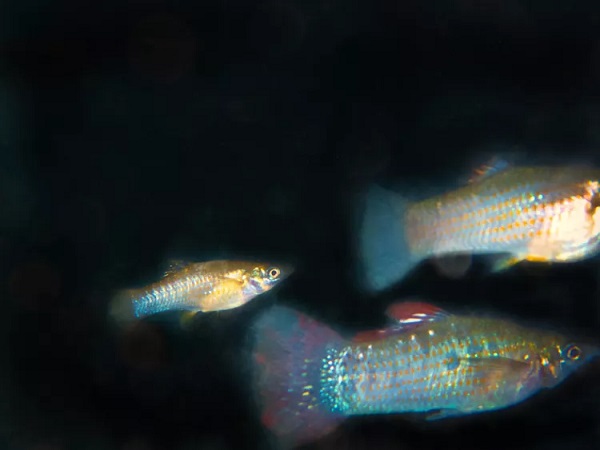
Amazon molly fish are a species of freshwater fish native to Mexico and Texas, and they are all female. As far as we know, they’ve always reproduced asexually, which normally would put a species in danger of extinction due to gene loss.
In the case of this particular fish, asexual reproduction has worked out greatly in their favor. A 2018 study compared the genome of the Amazon molly to that of two similar species only to find that the mollies were not only surviving but thriving.
They concluded that the molly genome had high levels of diversity and showed no widespread signs of genomic decay despite being entirely female.
8. Wasps
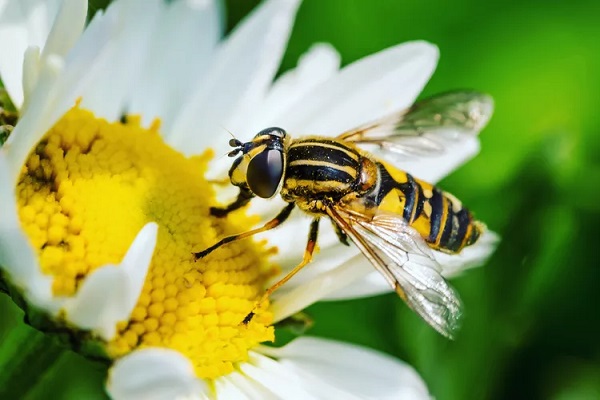
Wasps reproduce both sexually and asexually. In those that reproduce sexually, females are born from a fertilized egg while males come from unfertilized eggs. There are some populations of wasp that produce only females from unfertilized eggs, essentially laying eggs fertilized by their own personal DNA.
SEE ALSO: The World’s Top 10 Biggest Insects
Scientists have found that whether or not a wasp reproduces sexually or asexually is determined by a single gene. Using crossing experiments in aphid wasps, researchers at the University of Zurich were able to demonstrate that the trait is inherited recessively, and that exactly 12.5% of females in a specific generation reproduced asexually.
9. Ants
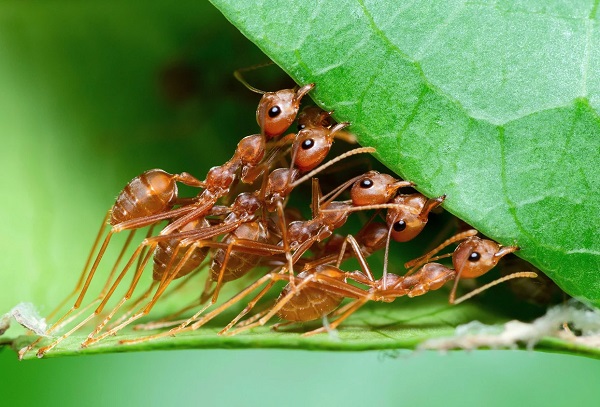
Some ants can reproduce both sexually and asexually. In the case of common black carpenter ants, fertilized eggs become female workers, while unfertilized eggs become males.
Mycocepurus smithii, a fungus harvesting species of ant that ranges throughout the Neotropical region, is believed to be fully asexual in a majority of its populations—which is pretty impressive considering it’s the most widely distributed and most populous of any fungus-growing ant.
RELATED: Ants: The World’s Social Insects
Before a 2011 study published in the Proceedings of the National Academy of Sciences, these ants were thought to be fully asexual. The study sampled 1,930 million smithii ants from 234 colonies collected in Latin America, finding that every ant was a female clone of the queen in 35 of the 39 populations examined.12 In the remaining four, all found along the Amazon River, ants had a mixture of genes that suggested sexual reproduction.
10. Aphids
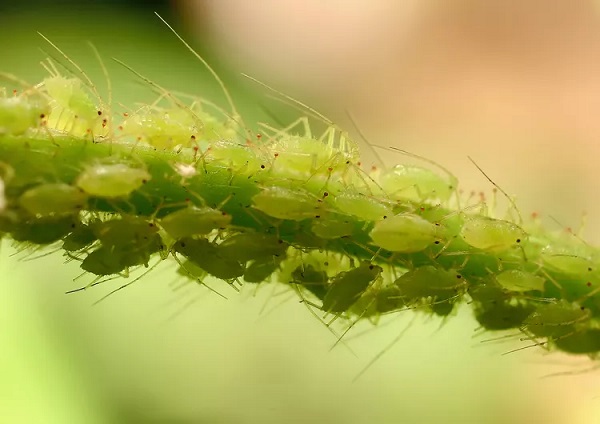
A tiny bug that feeds off plant sap, aphids reproduce so rapidly that they can cause extensive damage to crops in large numbers. Aphids are literally born pregnant, developing embryos within the mother’s ovary one after another, with those developed embryos containing more embryos and on and on (think assembly line or nesting doll).
Aphids can replace their asexual reproductive habits with sexual reproduction during certain times of the year, most notably during autumn in temperate regions, to maintain natural diversity in their population’s genetic pool.
11. Hydras
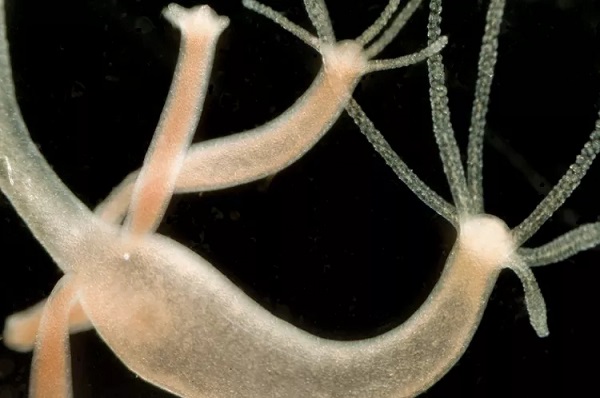
Hydras, a kind of small, freshwater organism native to temperate and tropical regions, are known for their asexual “budding.” The hydra develops buds on their cylindrical bodies that eventually elongate, develop tentacles, and pinch off to become new individuals. They produce buds every few days depending on their surroundings. Zoologists believe that hydras first developed about 200 million years ago during Pangea, so they were around about the same time as dinosaurs.14
Perhaps just as remarkable is the fact that, as far as scientists can tell, hydras do not appear to age. This is another evolutionary advantage that many have helped these invertebrates survive through the millennia.
12. Water Fleas

Typically found in shallow bodies of water such as ponds and lakes, water fleas are microscopic zooplankton organisms measuring about 0.2 to 3.0 millimeters in size. While they normally reproduce asexually, they have a special trick reserved for difficult times.
When a population is threatened by conditions such as food shortages or heat waves, they mate and lay eggs that can remain dormant for dozens of years. These eggs contain fertilized embryos that are genetically varied, unlike the offspring produced asexually, which are identical to the parent. Not only that, but the dormant eggs are extra durable to survive harsh conditions.
Scientists are able to use these eggs to study water flea evolution amidst climate change by comparing older eggs to modern ones. These studies have revealed that the maximum temperature for water flea activity is half a degree more than it was 40 years ago, suggesting that these tiny organisms have the ability to genetically adapt to climate change.


